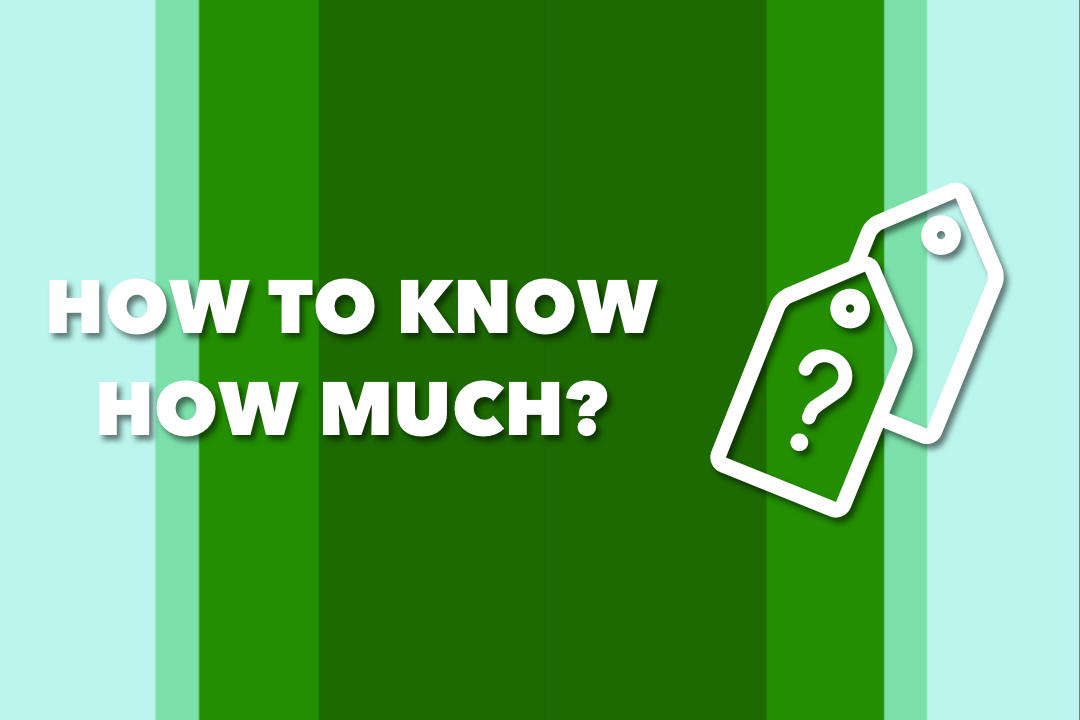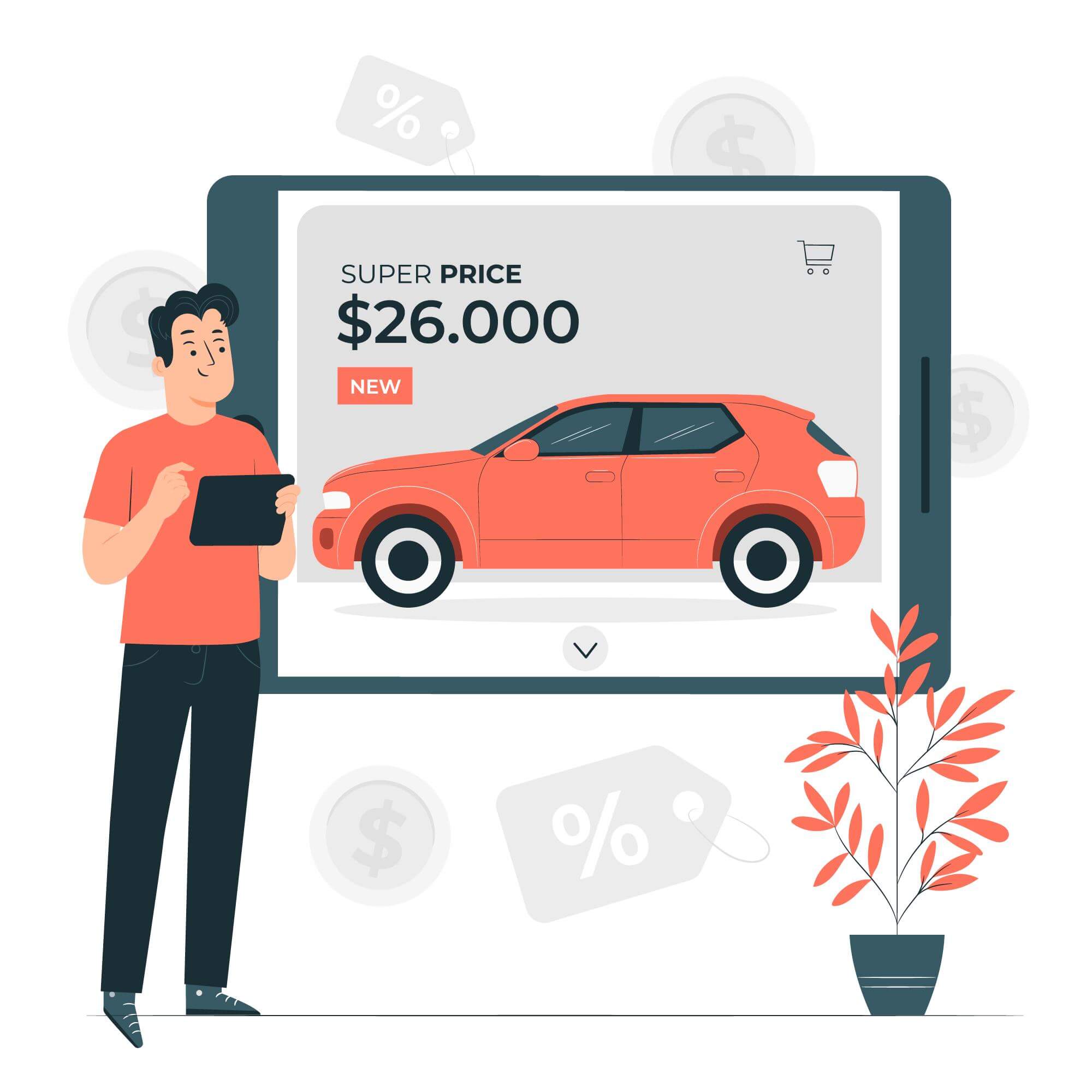
The key point of product pricing is to set a price that is both profitable for your Shopify business and attractive to customers. This means finding a balance between covering production costs and making a profit, while also taking market demand and competition into account.
That means, to effectively price a product, Shopify merchants must collect and analyze data on their costs, the market rate for similar products, and the unique features & benefits of their own product. They must also decide on a target profit margin and take into account other factors, such as the value that the product provides to the customer.
After gathering and analyzing all of this data, businesses can use it to determine the price of their product.
To help you in this process, we explained how to find the most efficient pricing strategy for your Shopify business in this blog post. Check our tips to learn the steps you should take, then compare the different types of pricing strategies and have the most proper pricing strategy for your Shopify store! Let’s start!
Why Is the Right Pricing Strategy Crucial for Your Shopify Store?
A pricing strategy is essential for your Shopify store because it assists you in determining the appropriate price for your product. The proper price can help you in attracting customers, making a profit, and competing with other businesses.
If you underprice your product, you may not be able to sustain your business. If you overprice it, you risk scaring away potential customers. A well-thought-out pricing strategy can help you in striking the right balance and ensuring that your product is priced competitively and effectively.
Overall, choosing the right pricing strategy for a Shopify store is critical because it can help the company attract customers, increase sales, and maximize profits. A well-planned pricing strategy can be a powerful tool for driving store success.
How Should You Price Your Shopify Store Products?

There are numerous factors to consider when pricing a product for your Shopify store. Here are some guidelines to help you determine the best price for your product:
1. Research your competition: Knowing what other similar products are selling for allows you to price your product competitively. This will help your product stand out and attract customers.
2. Consider your costs: Include all costs associated with manufacturing and selling your product, such as materials, labor, and shipping. You'll want to make sure your price covers these expenses while also allowing for a profit.
3. Consider your target market: Different customers have different budgets and expectations, so when pricing your product, consider who your target market is. For example, if you sell luxury items, you can charge a higher price than if you sell more affordable items.
4. Use pricing strategies: Pricing strategies can assist you in determining the best price for your product. For example, you could use a penetration pricing strategy to attract customers and build market share by initially offering your product at a lower price. You could also use a value-based pricing strategy, in which you set your price based on the customer's perceived value of your product.
5. Test and adjust: Once you've decided on a price for your product, you should test it to see how it performs. This can be accomplished by providing discounts or promotions, or by providing different pricing options for the same product. Then, based on customer feedback, you can adjust your price as needed.
Overall, pricing a product for your Shopify store requires research, cost analysis, and strategic thinking. You can help ensure that your product is priced effectively and attracts customers by following these steps.
What Are the Most Common eCommerce Pricing Strategies?

Businesses in eCommerce can use a variety of pricing strategies to attract customers and increase sales. The following are some common pricing strategies used in eCommerce:
1. Cost-based Pricing
A cost-based pricing strategy is one in which a company sets the price of a product based on the cost of production plus a profit margin. In other words, the company calculates the cost of producing the product, adds a certain percentage of profit to that cost, and then sets the price at that level.
To use cost-based pricing, you must first determine the total cost of producing and selling your product, which includes materials, labor, and other costs. The final price of the product would be determined by adding a markup to this cost. For instance, if your product costs $10 to manufacture and you want to make a $5 profit, you could set the price at $15.
Pros: Cost-based pricing is the easiest & simplest method for determining the price of your Shopify store products. Furthermore, with cost-based pricing, you can easily understand your profit on each sale.
Cons: Because it does not consider factors such as competition, market demand, or the value of the product to the customer, this approach may not always be the most effective. As a result, it is possible that you will not always get the best price for your product.
2. Competitive Pricing

You must be aware of your competitors if you are not the only player in the market. Market-based (competitive) pricing is a pricing strategy in which the price of a product is determined by the prices of competitors' similar products.
This strategy is based on the assumption that customers will compare prices before making a purchase, and that a lower price will help to attract customers and increase sales.
You would need to research the prices of similar products offered by competitors in order to use competitive pricing. This could include going to their websites or stores, or using online price comparison tools. Based on this information, you would then need to determine the best price for your product.
Setting a lower price than your competitors, offering promotions or discounts, or adding additional value to your product to justify a higher price are all options.
Pros: Competitive pricing has the advantage of ensuring that your product is priced competitively and attracts customers.
Cons: This strategy may also result in a race to the bottom, with competitors constantly attempting to undercut each other's prices. This can lead to lower profits and may not be long-term sustainable. When using competitive pricing, it is critical to balance the need to attract customers with the need to make a profit.

3. Value-based Pricing
Simply put, value-based pricing is a pricing method in which the price of a product is determined by how much benefit it provides to the buyer. This strategy is based on the assumption that consumers will pay more for a product that they perceive to be superior in some way.
To use value-based pricing, you must consider the factors that contribute to your product's value. This could include the product's quality, durability, uniqueness, or the benefits it provides to the customer.
Based on this value, you must then determine the price that customers are willing to pay. This could include market research, customer surveys, or testing different prices to see how they are received.
You need to have the below requirements to implement value-based pricing:
- A reliable brand
- In-demand high-quality products
- Unique marketing strategies
- Customer compatibility
- Excellent track record
Pros: One advantage of value-based pricing is that it allows you to charge a higher price for a high-value or high-quality product. This can lead to increased profits and help distinguish your product from competitors.
Cons: Value-based pricing can be difficult to implement because it necessitates a thorough understanding of your customers and the importance they place on your product. It can also be difficult to determine the right price based on value because it is subjective and varies between customers.
4. Dynamic Pricing

Dynamic pricing is a pricing strategy in which a product's price is adjusted in real time based on a number of factors such as supply and demand, competition, or market conditions.
This method enables businesses to adjust their prices quickly and easily in response to changing market conditions, eliminating the need to manually update prices for each product.
To use dynamic pricing, you must have a system in place that can adjust prices automatically based on the relevant factors. This could entail using software or algorithms to analyze data on supply and demand, competition, or market conditions before adjusting prices.
The prices of your products would then be automatically updated in real-time, allowing you to respond quickly to market changes.
Pros: One benefit of dynamic pricing is that it can assist you in optimizing your prices for maximum profitability. It can also help you stay competitive in a rapidly changing market by allowing you to quickly adjust your prices to match those of your competitors.
Cons: Dynamic pricing can be difficult to implement and requires access to accurate and up-to-date market data. It can also be contentious because some customers may see it as unfair or manipulative.
5. Bundle Pricing

Bundle pricing is a pricing strategy in which multiple items or services are bundled together and sold at a discounted price. The logic behind this strategy is that offering products and services in bundles can result in higher sales than selling them separately.
Bundle pricing necessitates the development of a collection of related or complementary products or services. Two examples are combining products into sets, such as cookware, or offering complementary products and services, such as a gym membership and personal training.
The next step is to set a price for the bundle that is less than the sum of the individual prices of the parts.
Pros: Offering customers a discounted price on a package of products or services is one advantage of bundle pricing. It can also assist you in differentiating your product from competitors and developing a distinct value proposition for customers.
Cons: Bundle pricing can be difficult to implement because it necessitates careful planning and coordination to create the optimal combination of products and services. It can also be difficult to determine the right price for the bundle because it must be low enough to attract customers while also being high enough to make a profit.
6. Penetration Pricing
Penetration pricing is a pricing strategy that uses a lower initial price to attract customers and gain market share. This strategy is based on the idea that lowering the price of a product can help it stand out in a crowded market and quickly gain a customer base.
This could be less than the prices of comparable products offered by competitors, or less than the product's expected price based on its value or quality. After establishing a customer base, the price can be gradually increased over time.
Pros: Advantages of penetration pricing include the ability to quickly gain market share and attract customers. It can also assist you in testing the market and gathering feedback on your product, which can then be used to inform future pricing decisions.
Cons: Penetration pricing is risky because it can result in lower profits in the short term and makes it difficult to raise prices later without losing customers. Before implementing penetration pricing, it is critical to carefully consider the potential risks and rewards.
7. Keystone Pricing

Keystone pricing is a pricing strategy in which a product is sold at twice the cost of production. This strategy is based on the idea that if a product is perceived to be of high value or quality, it can be sold at a higher price.
For example, if the cost of producing a product is $10, keystone pricing would result in a price of $20.
Pros: One advantage of keystone pricing is that it allows you to charge a higher price for a high-value or high-quality product. This can lead to increased profits and help distinguish your product from competitors.
Cons: Keystone pricing can be risky because it may not be appropriate for all products or markets. Customers may be unwilling to pay a higher price for a product perceived to be of low value or quality, resulting in lower sales and profits. Before implementing keystone pricing, it is critical to carefully consider the potential risks and rewards.
8. Price Discrimination
Price discrimination is a pricing strategy in which a company charges different prices for the same product or service to different customers, if they are paying attention.
To use price discrimination, a company must divide its customers into different groups based on factors such as income, location, or purchasing habits. The company would then have to charge different prices to each group based on their willingness and ability to pay.
A business, for example, could charge a lower price to customers in lower-income areas and a higher price to customers in higher-income areas.
Pros: Price discrimination has the advantage of allowing a business to maximize profits by charging a higher price to customers who are willing and able to pay more.
Cons: Price discrimination can also be controversial, as it can be perceived as unfair or discriminatory. It can also result in customer dissatisfaction and loss of trust, both of which can harm a company's reputation. Before implementing price discrimination, it is critical to carefully consider the potential risks and benefits.
9. Price Skimming
Price skimming is a pricing strategy in which a product is initially sold at a high price and then gradually reduced in price over time. This method assumes that customers are willing to pay a higher price for a new or innovative product, and that the price can be reduced as the product becomes more widely available or the market becomes more competitive.
Price skimming requires a company to set a high initial price for a new or innovative product. This could be higher than the prices of comparable products offered by competitors, or it could be higher than the product's expected price based on its value or quality.
The company would then have to promote the product and sell it at a higher price. As the product becomes more widely available or the market becomes more competitive, the price can be gradually reduced in order to attract more price-sensitive customers.
Pros: Price skimming has the advantage of allowing a company to generate high profits from a new or innovative product in the short term. It can also assist the company in recouping its R&D costs and establishing a strong brand and customer base.
Cons: Price skimming is risky because it can result in lower profits in the long run, and it may be difficult to lower the price without losing customers. Before engaging in price skimming, it is critical to carefully consider the potential risks and rewards.

Last Words on Pricing Your Shopify Store Products
Pricing a product for your Shopify store can be a complex and challenging task. There are many factors to consider, including the cost of production, market demand, competition, and the value that your product offers to the customer.
We explained how to price a product for your Shopify store above in details, but if you want a summary, here are the basic steps you should follow:
1. Determine the production costs for your product, including materials, labor, and overhead.
2. Determine the market rate by researching the prices of similar products offered by competitors.
3. Consider your product's unique features and benefits, as well as how they add value to the customer.
4. Set a target profit margin, which is the percentage of profit you want to make on each product sale.
5. Use all of this data to determine the price of your product. The price should be high enough to cover production costs and generate a profit, but not so high that customers are turned off.
6. Review and adjust your product's price on a regular basis based on market conditions and other factors.
7. It is critical to remember that a product's price is not fixed. You should review and adjust your product's price on a regular basis based on market conditions and other factors. You should also try out different pricing strategies, such as dynamic pricing or bundle pricing, to see which ones work best for your company.
Implement these steps, find the most effective pricing strategy for your Shopify store and boost your revenue!



